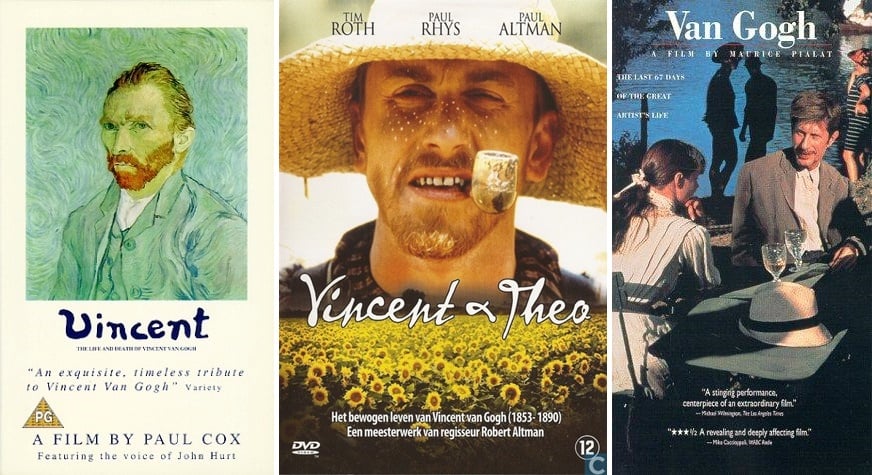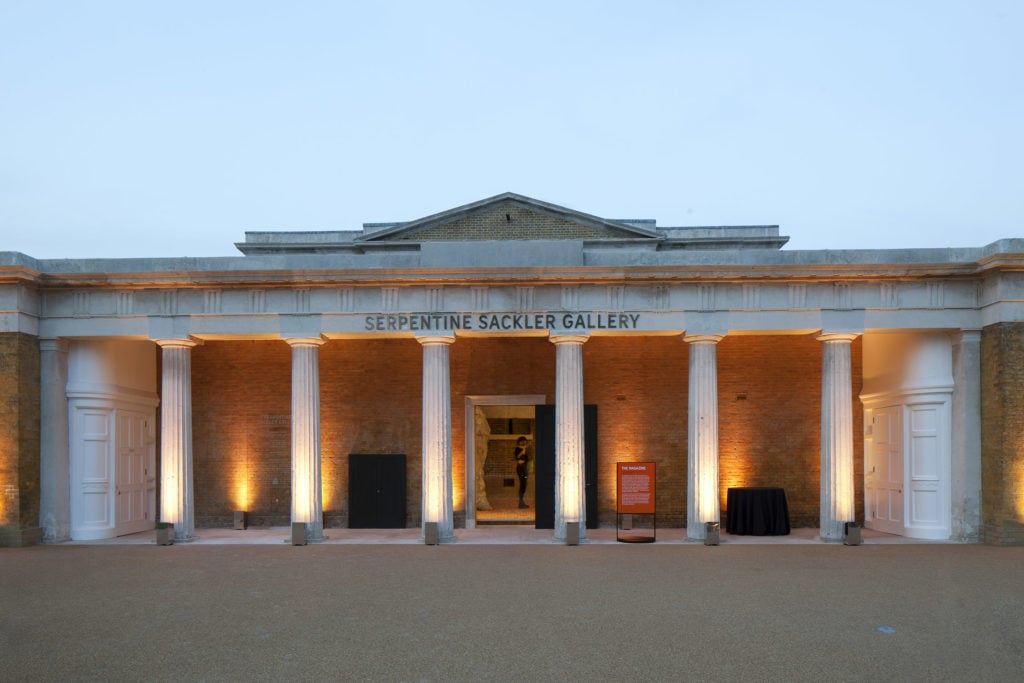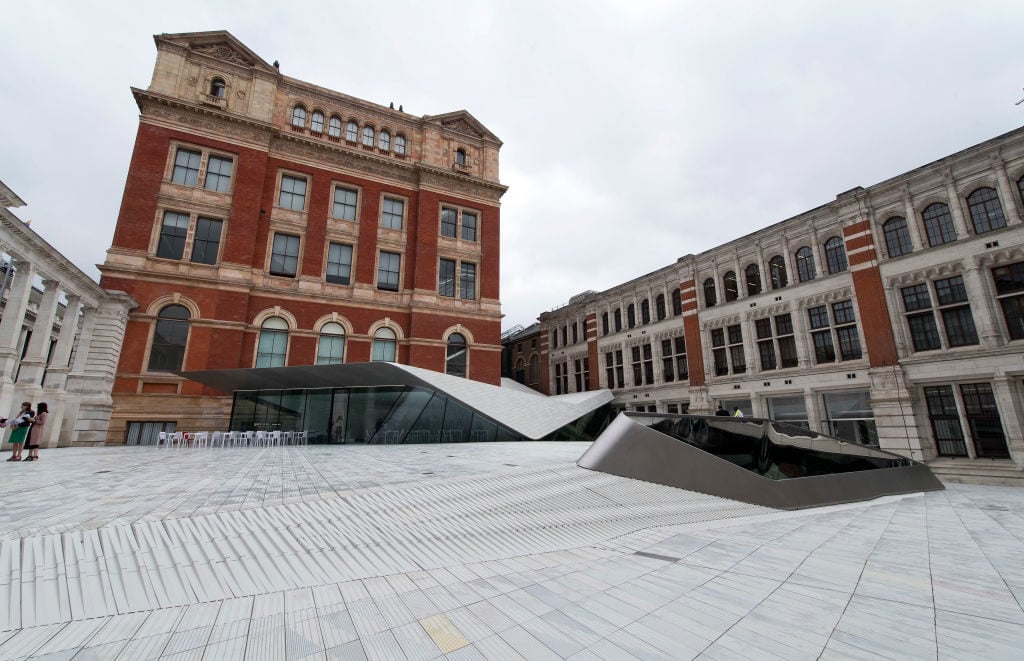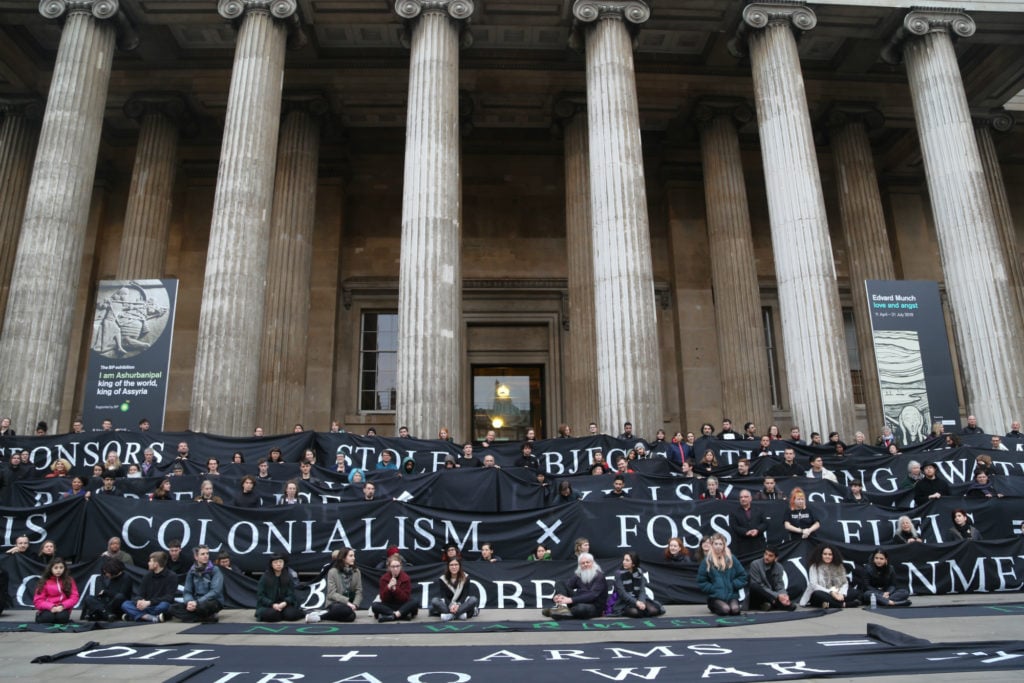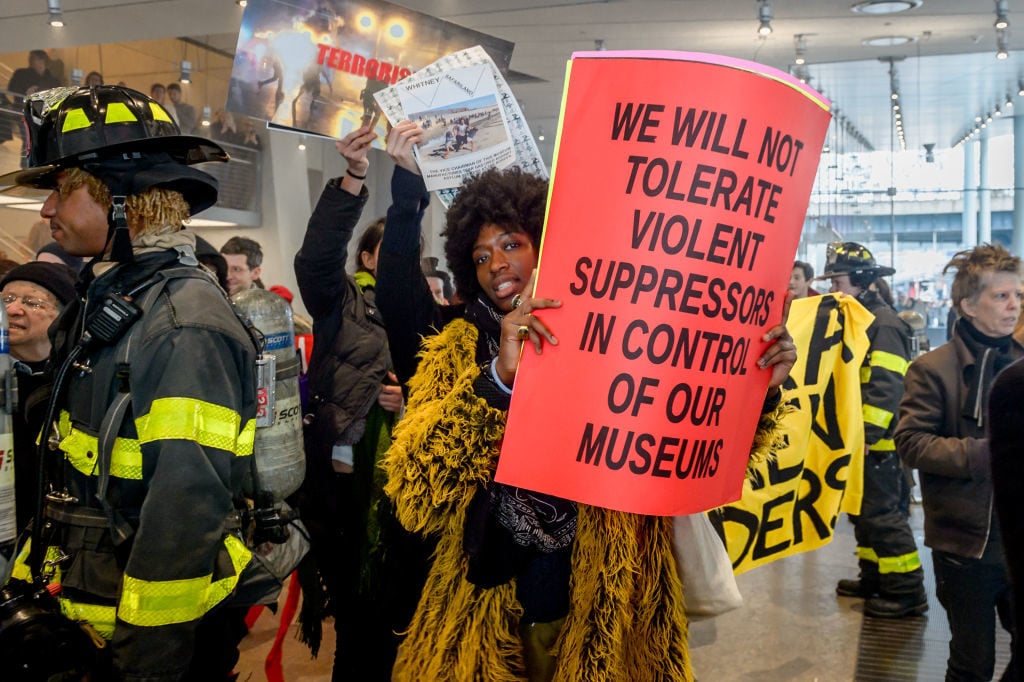It’s no mystery why the late 1980s and early ‘90s might see a sudden, huge spike in movies about one artist in particular:
Vincent van Gogh. That reason is alluded to in the very first (and probably best) scene of Robert Altman’s
Vincent and Theo, which begins not in the 1880s, but in the 1980s, with the 1987 auction at Christie’s London of the artist’s
Sunflowers.
The film then cuts back in time to the van Gogh brothers in a hovel arguing about money, but with the auctioneer’s patter continuing in the background. “Do you always have to go so far on principle, Vincent?”, Theo asks, as the bidding escalates past £14 and then £15 million. As Theo storms out, leaving Vincent chewing his pipe in his cot, the hammer comes down on the soundtrack at £22.5 million (a
then-record-setting $39.9 million, or $89 million in today’s dollars.)
Picasso was just
as high-flying a market star in the ‘80s art boom. But Picasso lived long and was hugely successful in his lifetime, whereas the contrast between van Gogh, the artist who sold a single painting while he was alive, and the then-unheard of amounts of money being lobbed at his work—between poverty and posterity—has an irresistible allure as a parable.
The surge of interest elicited a whole host of narrative experiments with Van Gogh (and I’m not even getting into Leonard Nimoy’s one-man play,
Vincent, where he incarnated Theo—of course Spock would play Theo—or the strange cameo of Martin Scorsese as van Gogh in Akira Kirosawa’s
Dreams, of 1990). In some contradictory way, each of these films can be seen as adding to the Van Gogh Industry even as they were, in part, about wrestling some authentic image of the artist back from the Van Gogh Industry.
(In case this is what is on your mind: I’ll deal with the even more recent Van Goghs, like
Julian Schnabel‘s
At Eternity’s Gate, as I get towards the present.)
This is the fourth part of a series on artist biopics. The first three parts are here, here, and here.
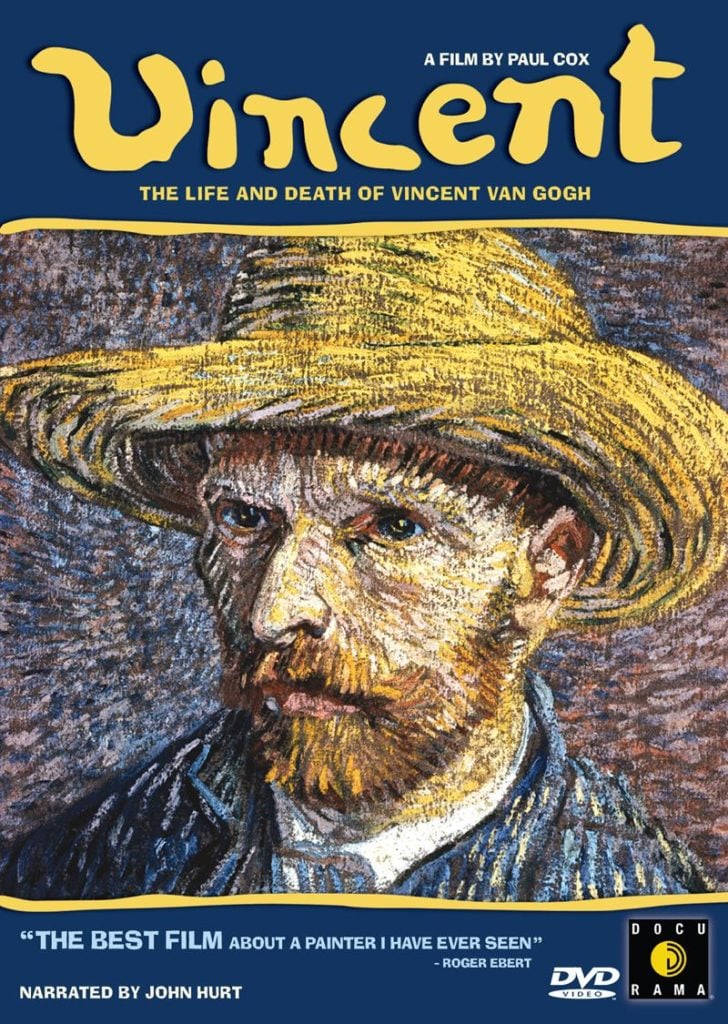
Cover of Vincent: The Life and Death of Vincent Van Gogh (1987).
When I started this series, this is exactly the kind of discovery I hoped for: a film that finds a new and illuminating way to tell the story of an artist’s life. On its release, Roger Ebert
called Vincent “the best film about a painter I have ever seen,” and though I wouldn’t go that far, it’s up there.
It’s elegantly simple: Vincent is told via readings from the painter’s famous letters to his brother, his words given a sense of raw and melancholy life by John Hurt.
Set against the letters are spare, poetic images of nature, some POV shots as if you were seeing through van Gogh’s eyes as he walked the streets, and lingering details and close-ups of paintings. Very occasionally the tempo picks up into short seizures of imagery, suggesting the moment when crisis strikes him.
It’s hard to convey the interest of this, which by simple means marches through the familiar beats of van Gogh’s life toward the inexorable climax: his time preaching among the coal miners, his unrequited love for his cousin, his stay painting in Arles with Gauguin, his troubles with loneliness and mental health.
You are reminded that van Gogh is capable of soul-searching metaphors: “We must not judge God from this world—it’s just a sketch.” And at least once—during the painter’s reflections, from his
June 10, 1888, letter to Theo when he imagines visiting the stars in death—his words, as read by Hurt, achieve something like the transfiguring beauty of the paintings that they are set against.
What It Contributes to the Genre: For one thing, in extracting images of the art from acted narrative, Vincent gives you a lot more of the art, so that at the end of the film, you actually feel like you have seen van Gogh’s painting develop over the course of a long process of seeing the world.
For another, by giving us his actual words, you get a sense of van Gogh as a keen, articulate intelligence, not just a suffering soul—and this is notably rare among the van Gogh myth-making.
For long passages, Hurt, reading the painter’s words, bares his struggles with faith, with solitude, with money. And then for others, he focuses on instructing his brother on the technical details of how to organize his paintings, telling him to place
La Berceuse between two sunflowers to form a triptych: “the yellow and orange tones of the head will gain in brilliance by the proximity of the yellow wings, and the paintings sing together.”
Ultimately, something about Cox’s clean juxtaposition of word and image captures a sense of the isolation of a restless, over-articulate brain and the aching distance of feeling isolated from the world.
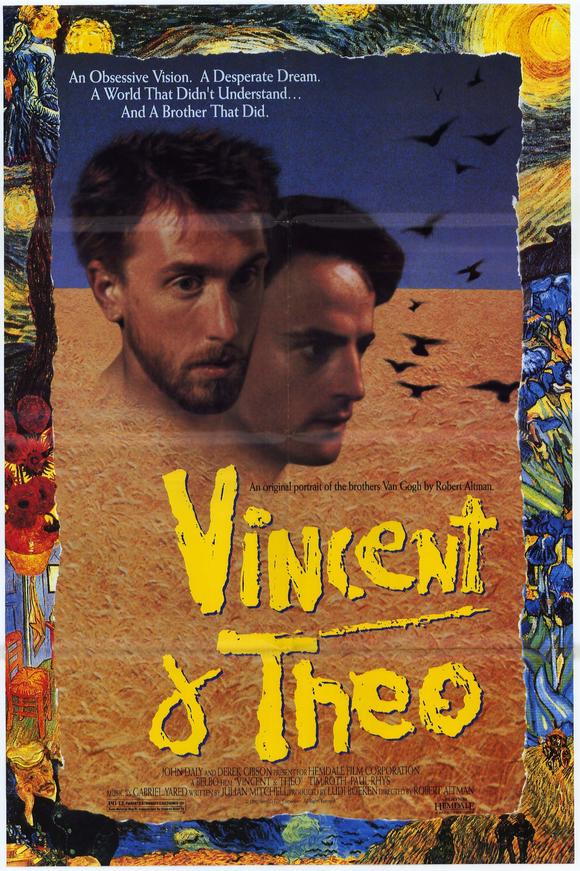
Poster for Vincent & Theo (1990).
Robert Altman was a really tremendous filmmaker. Vincent and Theo—which you can see as a four-part TV series or in a two-hour theatrical cut (I watched the former)—is worth watching and a good film, but not, I don’t think, a tremendous artist film.
Kirk Douglas’s Vincent in Lust for Life was a ‘50s rebel Vincent; Tim Roth’s twitchy, slouchy Vincent is all Gen-X disaffection. What motivates the character is perplexing and at times he seems to be reverting to a kind of pre-articulate child state. He’s always running his fingers through paint, or eating paint, or smearing paints on things and people, as if trying to get down to some primal sense of feeling.
There’s an aura of foreboding throughout the film, with doomy music introducing each episode. Van Gogh’s descent into mental torment is handled Shining-style, with Roth’s shambling Vincent terrorizing Gaugin with a knife, and smearing the words “I AM THE HOLY SPIRIT / I AM WHOLE IN SPIRIT” on the walls of their Arles apartment in black.
(Incidentally, this detail comes from Gaugin himself, who actually put it in a
rather fond anecdote that was about his comrade’s love of the color yellow, saying that van Gogh made the slogan appear “with his yellowest brush traced on the suddenly violet wall.”)
What It Contributes: Altman gives Vincent and Theo his typical air of aerated naturalism, full of overlapping dialogue and long shots. The slightly remote sensibility cuts against the belovedly visceral, direct quality of van Gogh’s art, though it does convey a sense of mental dislocation.
The American director specialized in ensembles, and so was not an especially good fit for the solo artist Great Man biopic format. What seems to have interested Altman, as the title suggests, is the symbiotic relationship between brothers rather than the mysteries of individual psychology. In a
documentary about the making of the film, Altman specifically said he was trying to get away from van Gogh’s account of himself in the letters, focusing on the sibling relationship.
“They became like two sides of the same coin…,” Altman explained. “When one of them got sick the other threw up. We made them inseparable.”
Thus, Vincent and Theo does feature a lot of cross-cutting between the two main characters, most memorably in a scene that juxtaposes Theo, in Paris, whose girlfriend leaves him because of he is being treated for syphilis, and Vincent, in the Hague, as the troubled model and prostitute he had taken into his apartment storms out on him. Both brothers are pictured staring into mirrors and painting their faces in expression of their angst, Vincent drawing on a skull with paint, Theo smearing his face with his paramour’s makeup and powder.
But as the film goes on, it gets sucked into the black hole of Vincent van Gogh’s biographical gravitas, and the film doesn’t really manage to make Theo that much more interesting or profound—indeed, the beats are so similar to Lust for Life that it could be mistaken for its gritty reboot. And in the end, just what the exact idea of the mirrored relationship of Vincent and Theo is doesn’t quite develop into any new or illuminating insight.
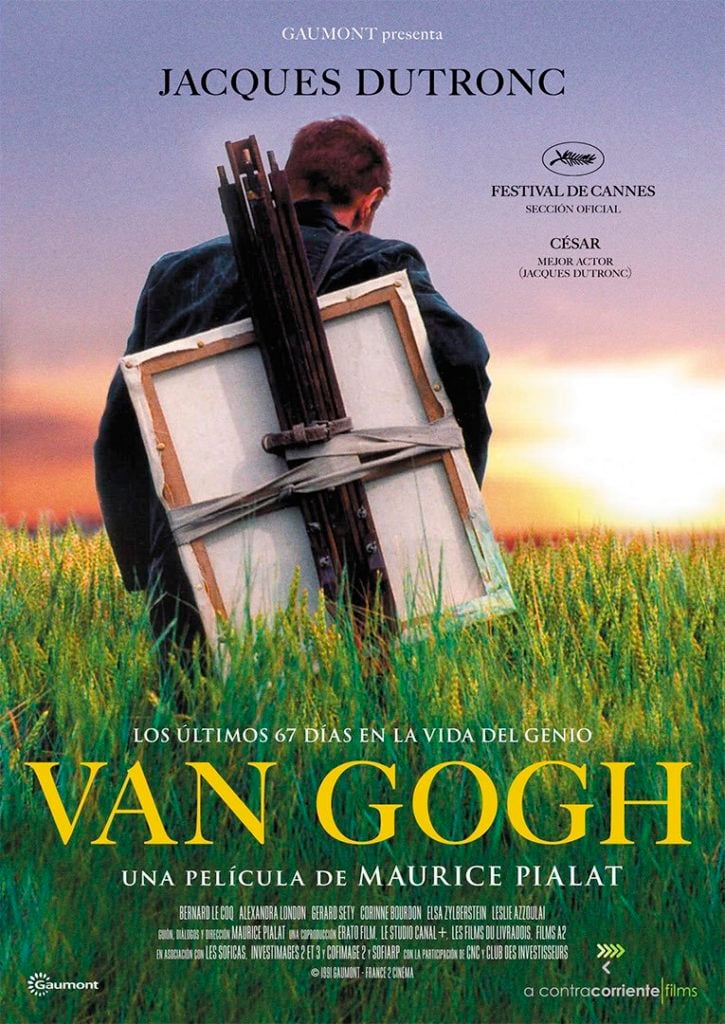
The Spanish-language poster for Van Gogh (1991).
This film’s Vincent, played by Jacques Dutronc (also a singer-songwriter and husband of yé-yé singer Françoise Hardy), won a
César for Best Actor for the role. And say what you will, Maurice Pialat’s French-language
Van Goghis a distinctive take on the artist, by design: The seeming goal is to underplay things, draining the artist’s famous story of the traditional tropes of genius.
Van Gogh focuses only on the last couple of months in the artist’s life, when he’s in the care of Dr. Gachet, after his time in the asylum. Instead of a suffering saint, Dutronc’s Van Gogh is just an ordinary sad sack. In fact, Gachet (Gérard Séty) tells Theo (Bernard Le Coq) at one point that his brother wasn’t mentally ill. “Your brother was exhausted, overworked. He works too much, even now.”
At another point, Vincent himself preemptively deflates the idea of his suicide, and explains away his time in the asylum: “There were no fits. They were a trick, like when a squid squirts ink. When I put an end to it, it will be a calm decision.”
What motivates this Vincent van Gogh, then? It is the oddity of Pialat’s film to on the one hand de-romanticize his biography, and on the other hand re-romanticize it, in a queasy way, making it all about the 37-year-old artist’s sexual affair with Dr. Gachet’s precocious teenage daughter, Marguerite (Alexandra London), the subject of the painting
Mademoiselle Gachet au piano (1890), whose creation you see here. (This is highly speculative terrain, though the possibility of a spark between them is tempting enough as subject matter to count for a brief beat at the end of
Vincent and Theo.)
This laid-back, melancholy film unfolds towards the climax of a meandering, nearly 15-minute sequence of a party where Theo and Marguerite find Vincent in a saloon and spend a bittersweet night dancing, partying, shooting absinthe, and carousing with prostitutes. The scene features a cameo from Toulouse-Lautrec, glimpsed passed out in post-coital bliss, and, at one point after someone yells to the revelers “Time to Parade!”, a strange combination of line dancing and military march.
The return to reality from this night of fun seems to spur van Gogh’s suicide in this telling.
What It Contributes: It’s a largely becalmed, sometimes alienating and sometimes lyrical film. But the main thing about Van Gogh is this: Imagine watching it without knowing who Vincent van Gogh was! It would be totally inexplicable what the appeal of this bummer of a self-pitying guy was. It just shows how hard it is to escape the shadow of the legend, even when that is the whole point.
Follow artnet News on Facebook:
Want to stay ahead of the art world? Subscribe to our newsletter to get the breaking news, eye-opening interviews, and incisive critical takes that drive the conversation forward.







